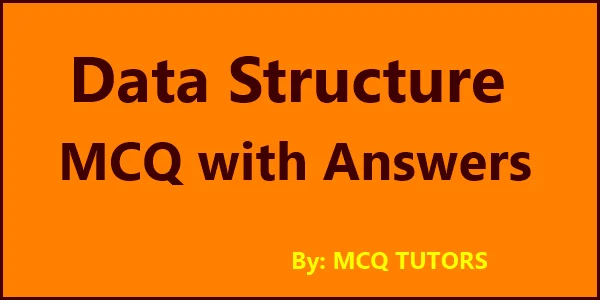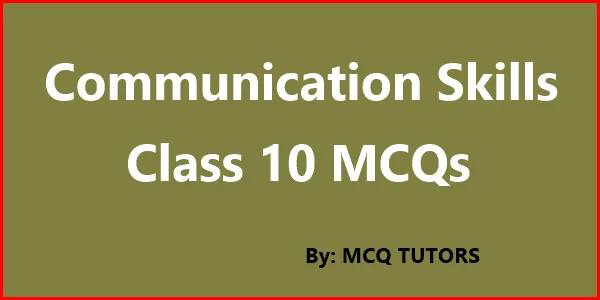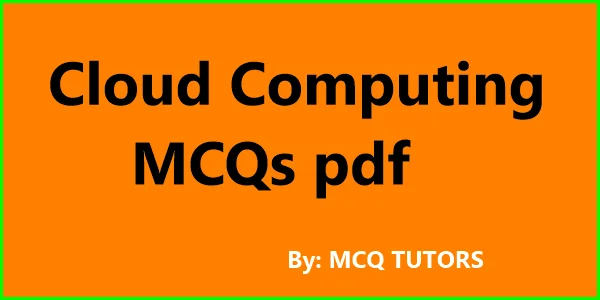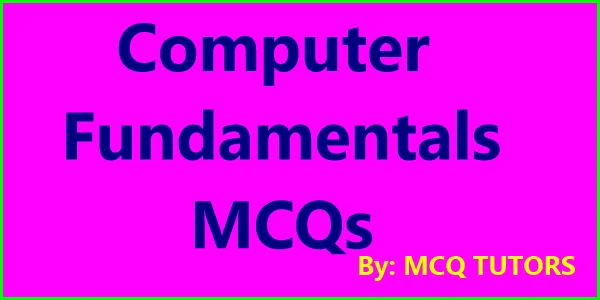Are you looking for 50 Advance Software Engineering MCQs (Multiple Choice Questions) with Answers? You have come to the right place.
In this article, we will provide you with practice questions and answers for your software engineering needs. Whether you are preparing for an upcoming exam or just brushing up on some concepts, these MCQs can help guide your journey.
It’s time to get started and make sure that you have a thorough understanding of the topics related to software engineering.
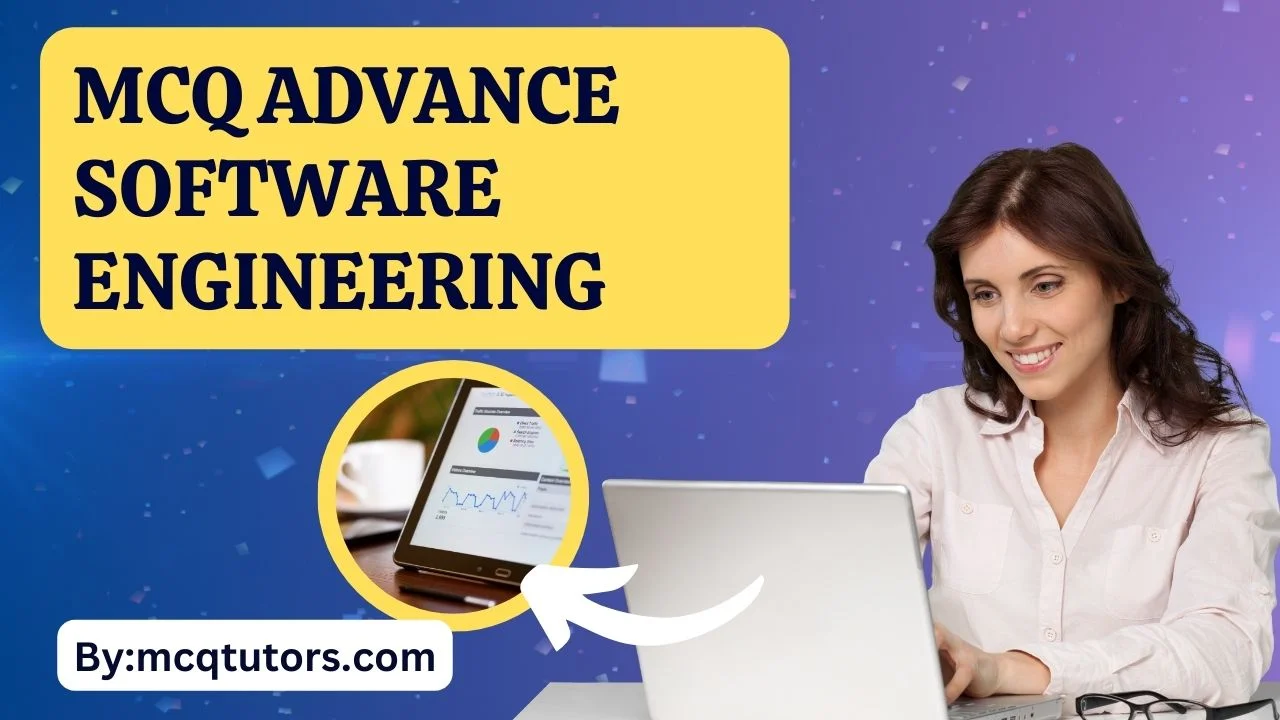
50 Advance Software Engineering MCQs Question with Answer
1. The ___ help you to identify what the code should do and ___ describes how it should be done.
Ans. Tests, Code
2. Identify the rule which states that “Every piece of knowledge must have a single, unambiguous, authoritative representation within a system.”
a) Once and Only Once
b) Do not Repeat Yourself
c) RefactorMercilessly
d) Pragmatic Programmer
Ans. b) Do not Repeat Yourself
3. The tests and code represent the ___ knowledge of the project.
Ans. Business
4. In the 80s, the keyword ___ was used to remove duplication.
a) Subclassing
b) Pattern
c) Objects
d) Encapsulation
Ans. a) Subclassing
5. The percentage of time the programmers spend actually developing and the time they spend helping other programmers or talking with the customer, and going to meetings are added up to obtain the___.
Ans. Load factor
6. The main difference between iteration planning and release planning is that stakeholders can tolerate more changes in the iteration schedule than in the commitment schedule. (True/False)
Ans. False. The main difference between iteration planning and release planning is that stakeholders can tolerate fewer changes in the iteration schedule than in the commitment schedule.
7. ___ helps encourage osmotic communication, which relies on team members overhearing conversations.
Ans. Sitting Together
8. XP does not rely heavily on communication. (True/False)
Ans. False. XP relies heavily on communication.
9. Any team can work efficiently if an effective ___ system exists within the team.
Ans. Feedback
10. XP reduces project risks by taking ___ to the extreme.
Ans. Iterative development
11. It is very difficult to use XP in the face of opposition from ___
Ans. Management
12. On-site customers are critical to the success of an XP team. (True/False)
Ans. True
13. Including a ___ helps the team adjust to the idea of divided roles and responsibilities.
Ans. Customer
14. ___ teams are more flexible, and better equipped to adapt to change.
Ans. Small
15. Simple and scalable design are the core enabler of ___.
Ans. XP
16. Large teams do not face coordination challenges in XP. (True/False)
Ans. False. Large teams face coordination challenges in XP.
17. All team members should be aware of their progress toward meeting team goals. (True/False)
Ans. True
18. XP can be successful only when developers want to produce good software as a ___.
Ans. Team
19. ___ is the real key to software success.
Ans. Communication
20. Which among the following options is a supplementary principle of AM?
a) Assume simplicity
b) Open and honest communication
c) Incremental change
d) Multiple models
Ans. Open and honest communication
21. ___ is the person who acts as a mediator between the customer(s) and the development team.
Ans. Ambassador
22. Who keeps the project moving towards its goals and acts as a driving force behind the project?
a) Facilitator
b) Visionary
c) Scribe
d) Project manager
Ans. b) Visionary
23. A scribe is the person who can contribute funds and resources to the project. (True/False)
Ans. False. A sponsor is the person who can contribute funds and resources to the project.
24. ___ is the person who has the knowledge and proficiency to convert the plans and requirements into deliverable code.
Ans. Senior developer
25. By using DSDM technique, outcomes of development are directly and quickly visible. (True/False)
Ans. True
26. DSDM is originally based on the ___ methodology.
Ans. Rapid Application Development (RAD)
27. Teams must be empowered to make decisions. (True/False)
Ans. True
28. DSDM focuses on delivering everything ‘perfectly’ in the end. (True/False)
Ans. False. DSDM focuses on frequent delivery with the assumption that to deliver something ‘satisfactory’, earlier is better than to deliver everything ‘perfectly’ in the end.
29. DSDM’s goal is to deliver software systems on ___ and ___ while adjusting for changing requirements along the development process.
Ans. Time, Budget
30. The ___ phase of DSDM is the most sophisticated of the three phases.
Ans. Project lifecycle
31. Project commitment is ensured in the ___ phase. (Pick the right option)
a) Post-project
b) Project life-cycle
c) Pre-project
d) Testing
Ans. c) Pre-project
32. ___ is a methodology of developing a prototype as a proof of concept.
Ans. Feasibility prototyping
33. ___ examines the influenced business processes, user groups involved, and their needs.
Ans. Business study
34. ___ is incremental and iterative in nature.
Ans. Functional model iteration
35. The major outcome of functional model iteration is a tested product. (True/False)
Ans. True
36. ___ is used to support the key goals of DSDM to understand the development of an Information System on time, within the budget, and with the preferred quality.
Ans. Timeboxing
37. ___ technique is used to prioritize requirements. (Pick the right option)
a) Prototyping b) MoSCoW c) Testing d) Configuration management
Ans. b) MoSCoW
38. ___ technique refers to the creation of prototypes of the system under development at an early phase of the project.
Ans. Prototypes
39. Workshop is used to ensure that high-quality, team-based decisions are made quickly and efficiently within the inevitable short timescales. (True/False)
Ans. True
40. Project ___ can also change their opinions which in turn can potentially change the goals and success criteria of your efforts.
Ans. Stakeholders
41. XP is a ___ software development approach.
Ans. Language-independent
42. In test-first development, the programmers write ___ for code before they write the code.
Ans. Tests
43. Testing tools such as ___ and ___ are available for server-side testing.
Ans. Cactus, HttpUnit
44. The integral part of a continuously integrated system is unit testing. (True/False)
Ans. True
45. The ___ focuses on graphical wizards that help us to generate code automatically.
Ans. Integrated Development Environment
46. The ___ and ___ IDEs that are growing in popularity and functionality are available for free of cost.
Ans. Eclipse, Netbeans
47. HttpUnit tool is used for testing Web applications. (True/False)
Ans. True
48. The ___ tools are the essential building blocks of any software development project.
Ans. Version control
49. Cactus test simultaneously executes on both ___ and ___.
Ans. Client, Server
50. The important facet of XP is ___ testing. (Pick the right option)
a) Unit
b) Automated
c) Code
d) Design
Ans. b) Automated
Conclusion
These 50 Advance Software Engineering MCQs Question with Answer article is a great resource for anyone looking to test their knowledge on software engineering.
Moreover, this article can help individuals develop their understanding of software engineering concepts and principles.
Read More MCQs
